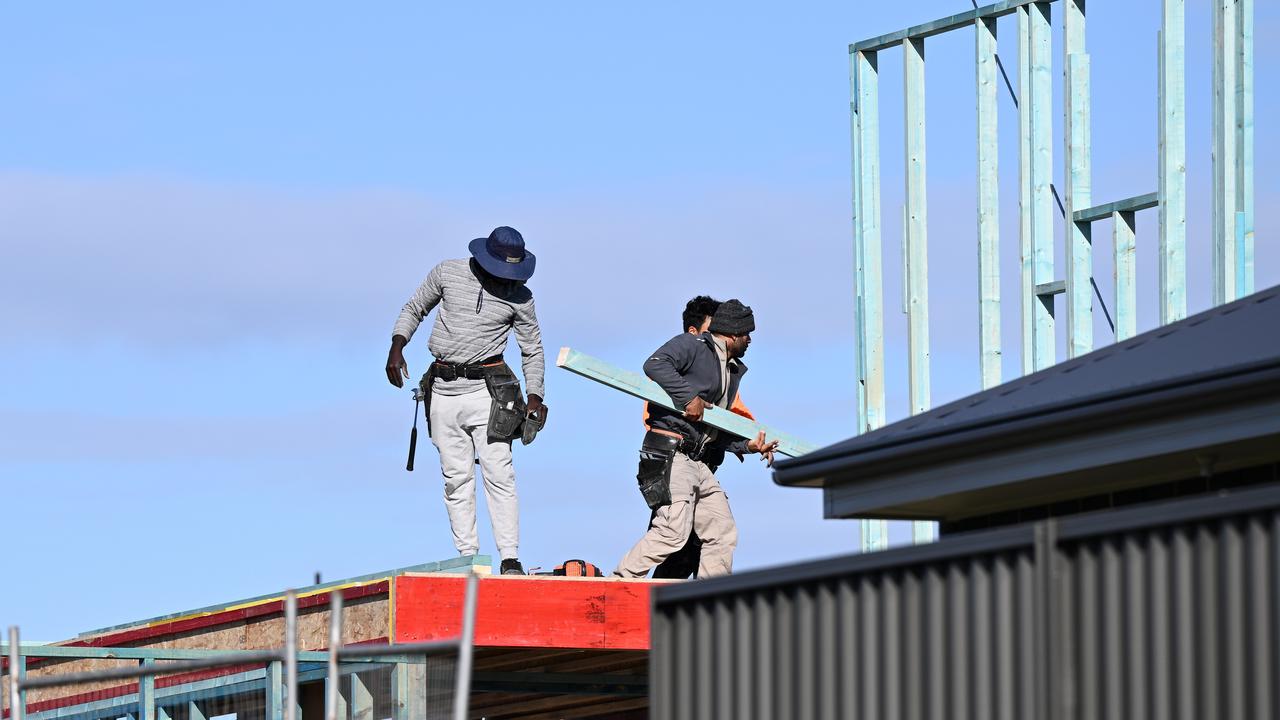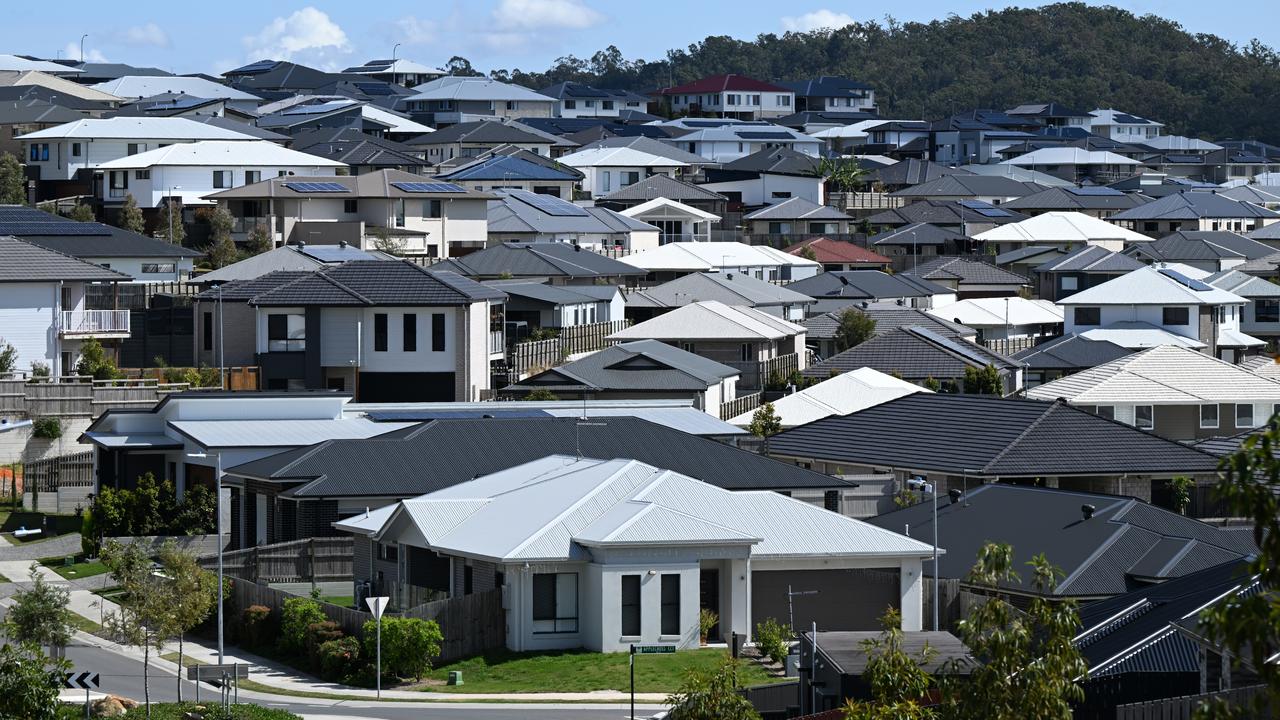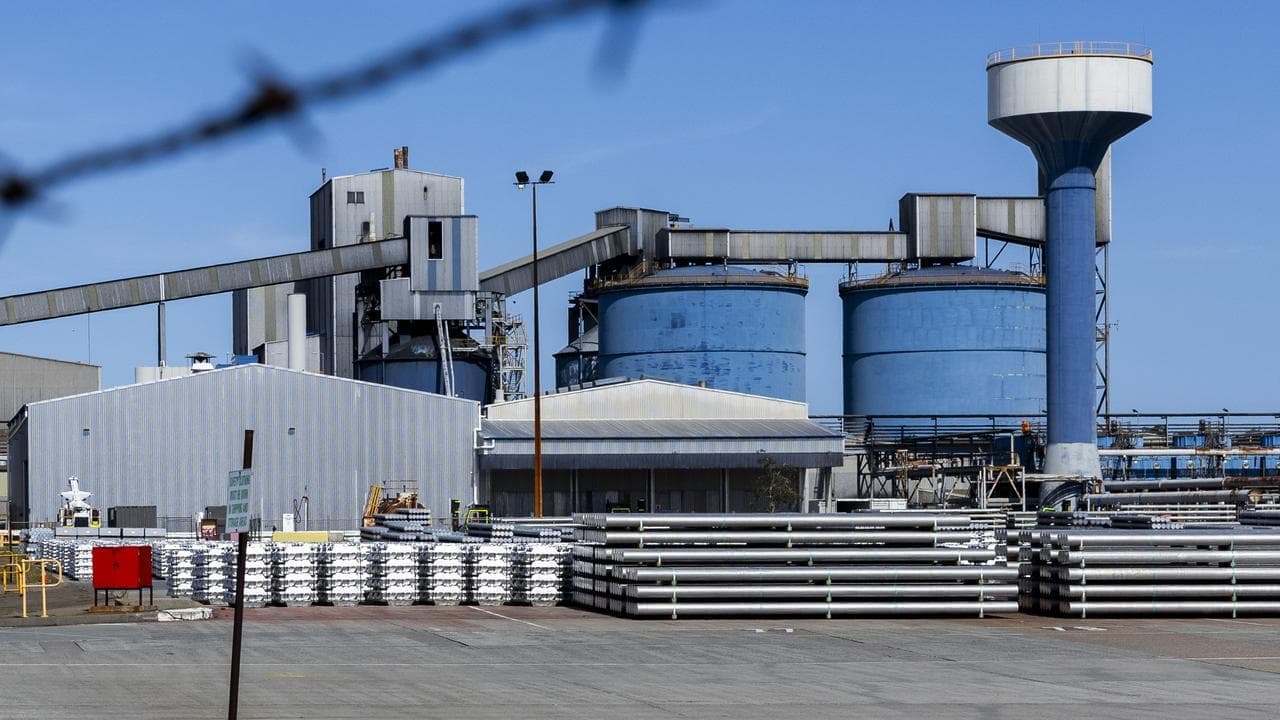WHAT WAS CLAIMED
Labor built 100,000 homes in the past 12 months compared to 210,000 per year under the coalition.
OUR VERDICT
False. About 159,000 new homes were started in the past year compared to about 211,000 per year under the coalition.
AAP FACTCHECK – Peter Dutton has falsely claimed that the number of new homes being built has fallen from 210,000 a year during the coalition's previous reign to about 100,000 under Labor.
The opposition leader's numbers don't match the official figures. Construction started on about 159,000 new homes in the year ending June 2024.
That compares to an average of 211,000 new homes per year throughout the coalition's tenure from 2013 to 2022.
Mr Dutton made the claim in an interview on October 23, 2024, focusing on what he described as Australia's "housing crisis", in which he said we "know that new home starts are at an all-time low".

"You've got a situation at the moment where over the last 12 months, the government's built about 100,000 homes, compared to about 210,000 homes a year when we were in government."
This would represent a decrease of about 52 per cent.
Mr Dutton's office did not respond to multiple AAP FactCheck requests to provide evidence to support his comments.
Historical building numbers can be compared by looking at Australian Bureau of Statistics (ABS) data on building activity.
The dataset includes quarterly figures on the number of new residential dwellings and, separately, the number of new standalone houses.
The ABS defines a dwelling as a self-contained suite of rooms intended for long-term residential use that may comprise the whole or part of a building.
A house is defined as a detached residential building consisting of a single dwelling unit.

The ABS also splits the figures into "original", "seasonally adjusted" and "trend" data.
Hal Pawson, a professor of housing research and policy at UNSW, told AAP FactCheck the fairest metric for comparing homebuilding under the different governments was commencements, given the time lag between starting and completing a home.
Ehsan Gharaie, an associate professor of project management at RMIT University, told AAP FactCheck it was appropriate to assess the claim in question using the ABS "original" building activity data series.
The most recent figures at the time of writing relate to building activity up to and including the June quarter of 2024.
Those figures show that in the four quarters from July 2023 to June 2024, construction began on 158,690 residential dwellings across Australia (Table 33, Original, series ID A83801976T).
The same dataset shows 99,131 standalone houses began construction in the same period, compared to an average of 118,273 houses per year under the coalition's previous nine-year rule (Table 33, Original, series ID A83794272C).
On average, 52,323 new homes began construction in each quarter of the coalition's reign, compared to 42,258 per quarter under Labor – an average drop of 19 per cent since the 2022 federal election.
The data for housing completions shows a smaller gap between the two time periods.
About 176,000 homes were completed in the year to June 2024, compared to an average of about 198,000 new homes per year under the coalition (Table 37, Original, series ID A83801977V).
Prof Pawson said Mr Dutton's claim appeared to be an error.
"Housing approvals and commencements have fallen to relatively low levels over the past two years – but not a drop of more than 50 per cent," he said.
The spike in commencements during the coalition's last year in power was due to the Morrison government's pandemic-era Homebuilder program, which offered construction grants of up to $25,000, plus the low interest rates at the time, Prof Pawson said.
Mr Dutton's claim that new home starts are at an all-time low is also incorrect.
ABS data shows the number of new home commencements in the 12 months to June 2024 is higher than during the economic downturn of 2012.
Wendy Stone, a professor of housing and social policy at Swinburne University, said that based on the data provided to her by AAP FactCheck, new home starts were lower than before the pandemic but are not at an all-time low.
Prof Stone said Mr Dutton may be erroneously comparing dwelling constructions under the coalition government with the number of free-standing houses that started in the past 12 months.
If so, this would not be a like-for-like comparison because it would exclude other forms of residential homes such as apartments, units and townhouses, she said.
The Verdict
False – The claim is inaccurate.
AAP FactCheck is an accredited member of the International Fact-Checking Network. To keep up with our latest fact checks, follow us on Facebook, Twitter and Instagram.












